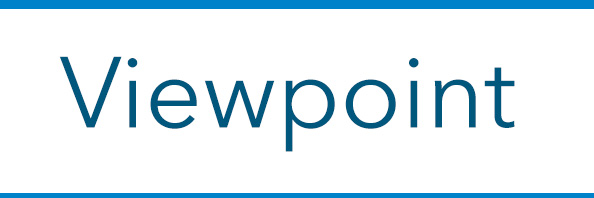Community colleges offer many ways for people to develop new skills that prepare them for good jobs that pay a living wage or better. More and more, these learners are looking for ways to get new skills and credentials quickly. In addition to offering short-term programs that lead to industry-recognized credentials, colleges can help students get to their goals more quickly by recognizing and valuing the learning that students are bringing from years of work experience and other experience-based or non-college learning.

Students’ prior learning may include college credits from earlier postsecondary pursuits — so good transfer credit acceptance policies are a must. But many community colleges are developing robust strategies for also evaluating previous learning that students may have acquired outside of a college classroom: corporate training, learning on the job, military training, self-study through open online resources, volunteer work, licenses, industry-endorsed certificates and more.
Methods for evaluating prior learning
There are many methods for evaluating that learning. For learning that is perfectly aligned with entry-level college courses, standardized exams like the CLEP test can be a good choice. For other courses, individual student learning can also be assessed through faculty-developed challenge exams or student-developed learning portfolios that provide documentation of their learning.
This article comes from the current issue of the Community College Journal, the flagship publication of the American Association of Community Colleges since 1930.
To evaluate corporate training, licenses, certifications or other formal non-college programs, institutions are increasingly conducting their own evaluations of those programs, resulting in competency crosswalks to existing college courses or programs. This strategy can essentially allow students to “stack” a new credential on top of an existing one, regardless of where it was acquired.
The ROI of CPL
Providing options for credit for prior learning (CPL) can eliminate a lot of frustration on the part of a student who doesn’t want to spend their free time learning subjects they already know. In addition, there is considerable evidence that CPL can help students save time and money, while also improving the likelihood that a student will persist and complete a credential: research from the Council for Adult and Experiential Learning (CAEL) and the Western Interstate Commission on Higher Education (WICHE) found that adults who earn credit for prior learning are 17% more likely to graduate than adults who do not — with students of all racial/ethnic groups and income levels experiencing positive benefits. Further, when looking only at adults at community colleges, the completion boost from CPL climbs to 25%.
Tips for effective CPL program design
Building an effective CPL program that is accessible to all students does require good planning and a strong institutional commitment. Some important considerations include:
Develop strong and transparent quality standards. In designing your program, you will need to be intentional and proactive in ensuring that your CPL program adheres to accepted standards for assessing learning. For example, credit should only be awarded for learning, not for experience, and the determination of credit awards should only be made by subject matter and credentialing experts.
It also is important that the process for awarding CPL is clearly communicated to faculty and outside entities. Review your policies and process against the “Ten Standards for Assessing Learning” at CAEL.org to ensure that your CPL program has the correct checks and balances.
Provide advising and coaching for student support and equitable access. There are many parts of the CPL process where students will need guidance, encouragement and support. The National Association of Student Personnel Administrators has outlined best practices for advisors working within CPL programs, which include communicating CPL processes and policies to advisors, offering advisors CPL professional development opportunities, and supporting activities and events where advisors can connect with and learn from students to understand how students’ experiences may fit CPL credit.
Given that research has shown that certain student populations — particularly Black and lower-income adult students — may be less likely to engage with CPL, advisors should make a special point to explore CPL possibilities with these students and to provide additional encouragement for those who might be good CPL candidates.
Get the word out and help students see that CPL might apply to them. Your best efforts to build a CPL program at your institution won’t be worth much if students don’t know about it, or if they don’t realize that they might have the kind of learning that can be evaluated for college credit. Make sure that information about CPL is easily accessible, and that your recruiting and outreach includes messages about how CPL can help save students time and money.
Every CPL program is different, reflecting the specific mission, resources, students, culture and programs of an institution. But providing this option to workforce students is a critical step to help them reach their goals.
Institutions interested in learning more about effective CPL program design can access several free resources from CAEL.

